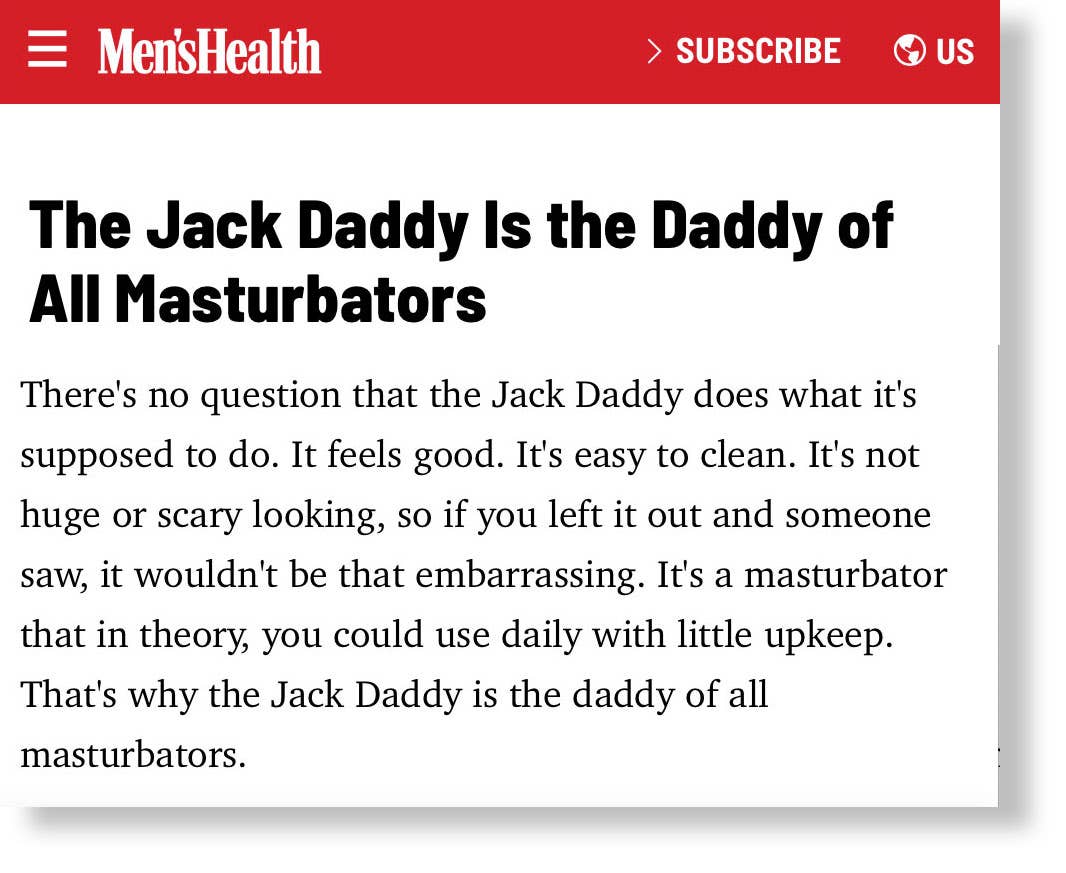Copycat manufacturer's and their supporters are killing sex toy innovation.
Perfect Fit Brand CEO, innovator and inventor Steve Callow has a plan to battle intellectual property theft and support innovation in the adult novelty biz.
The following post by Perfect Fit Brand CEO Steve Callow first appeared as an Op-Ed column in the December 2019 issue of adult novelty industry trade XBIZ Premiere. Titled, "Supporting Innovation: Could Creating an Innovation Council Protect Intellectual Property?" it is essentially the "part 2" to his a previous article, "Protecting Innovation: Why Is Intellectual Property Theft Tollerated?" which appeard in the November XBIZ Premiere. You can read it on Erotic Intent here.
In an effort to continue to share insights into the sex toy biz, we thought we’d share an edited version here on the Perfect Fit Brand blog, Erotic Intent.

"Supporting Innovation: Could Creating an Innovation Council Protect Intellectual Property?" by Perfect Fit Brand CEO and inventor, Steve Callow.
As many people say, there is no sense in whining about something unless you have a potential remedy. In my last opinion piece titled “Protecting Innovation” in the November issue, I made an argument that the small Innovation companies are being robbed of their rightful revenue by intellectual property (IP) theft. In this article I will present one potential way to seriously address this issue in a meaningful way. I feel it is simple and uses good judgement and teamwork as the engine.
To recap, I looked at the real cost to Innovators and the number of cost savings an IP thief or, if you prefer, “designer who is inspired,” has to gain by just copying it. Copying ground-breaking innovations typically happens after the innovation has proven itself, and all the hard and costly development work has been completed. I also suggested that there is a general acceptance of this practice and that the first tier of buyers are usually well aware of the IP theft or “inspiration”, and purchase and sell the knock-offs without much fight.
I also described the usual list of research and development (R&D) costs, both time and cash investment, that go into innovating a single product. Honestly, being a copycat is a great business model, because they take someone else’s idea and design, and build their copy or “inspired” version after it is proven, without having to spend any the innovators costs, while reducing risk substantially as the product is already proven. What do they eliminate? Years of R&D, prototyping, direct sales efforts, training effort, public relations expense, etc.








 “The
“The 



